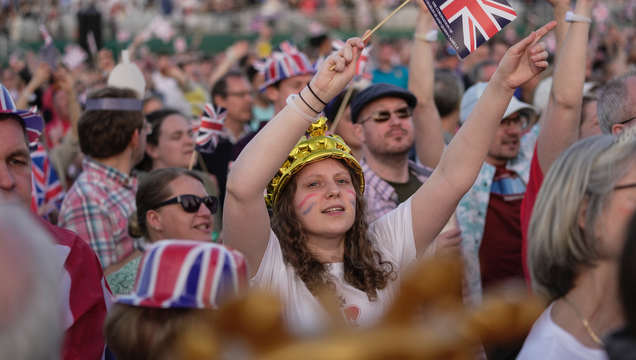
Feeling inspired after the coronation? Planning a UK vacation? We have you covered.Getty
It's estimated that 18 million people around the world tuned in on Sat, May 6, to watch the pageantry of King Charles III's coronation in Westminster. There's little doubt that all of this wonderful attention will see a boost in holidaymakers winging their way to the United Kingdom over the coming years.
Of course, in the United Kingdom there is just so much to see, so many choices. We thought we'd confer with Visit Britain and so below we present a list of the official most popular tourist attractions from their 2021 survey.
Here are the ten most popular tourist attractions in Britain:
Brighton Pier
Brighton, East Sussex
Royal Pavilion at Brighton Pier
Brighton Pier, also known as Palace Pier, was originally constructed in 1823 as a simple structure used for ship mooring, but it was later extended and transformed into a leisure complex in the Victorian era.
The pier features various amusement arcades, rides, and attractions, including a funfair with a roller coaster, a helter-skelter, and a ghost train. There are also several food and drink outlets, souvenir shops, and restaurants on the pier. Brighton Pier is a popular destination for tourists and locals alike, and it offers stunning views of the English Channel and the city of Brighton.
Natural History Museum
London
Natural History Museum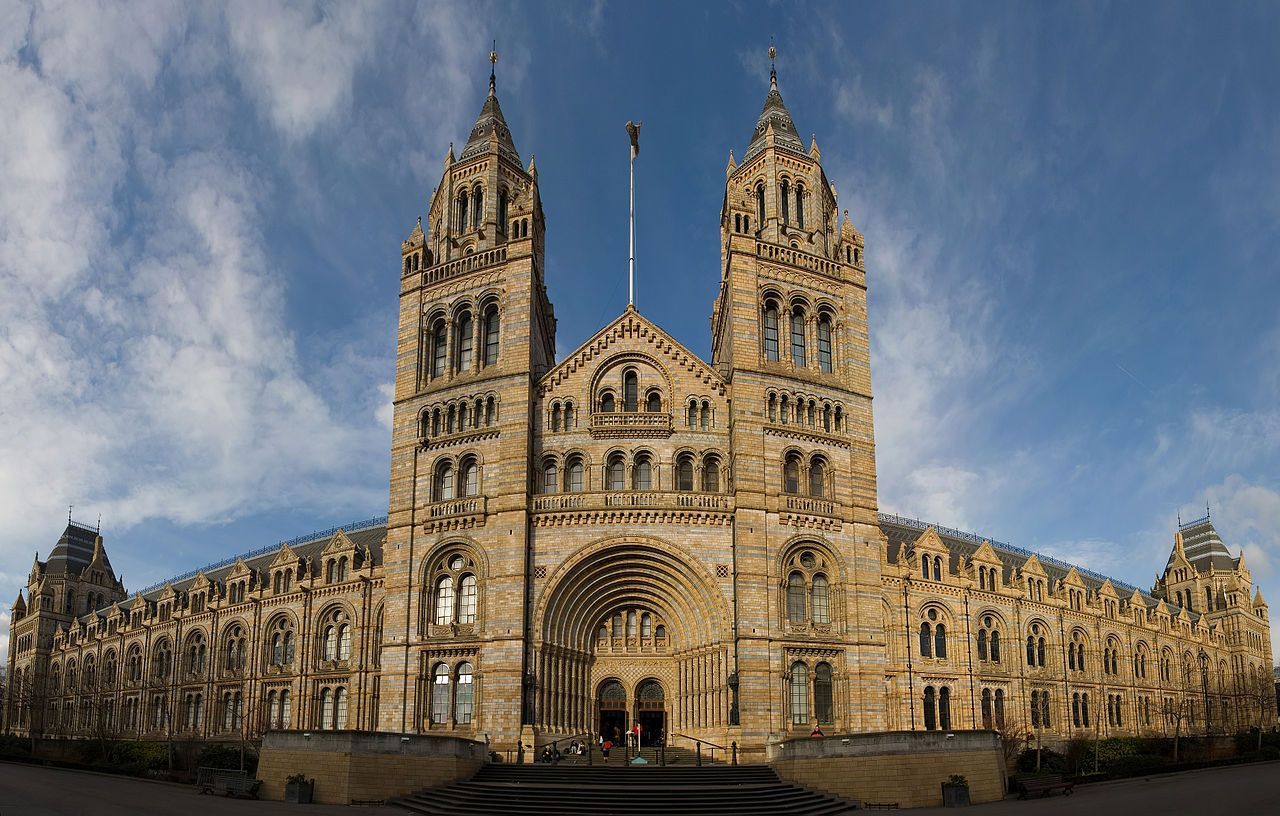
The Natural History Museum houses a vast collection of natural specimens and exhibits from the natural world. It was established in 1881 and is now one of the largest and most comprehensive natural history museums in the world, with over 80 million items in its collection.
The museum's collection includes specimens from various branches of natural science, including botany, entomology, mineralogy, paleontology, and zoology. Some of the museum's most famous exhibits include the dinosaur skeletons, the blue whale skeleton, and the collection of insects, birds, and mammals.
British Museum
London
British Museum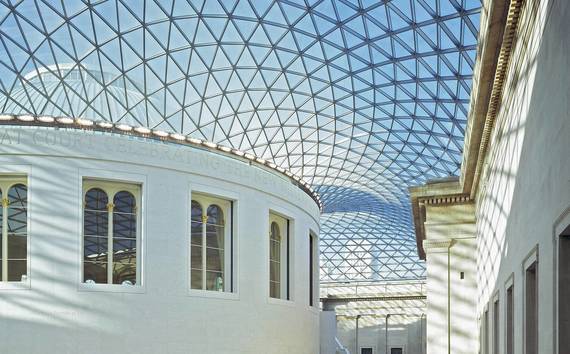
The British Museum is considered to be one of the oldest and largest museums in the world. It was established in 1753 and has a vast collection of art, artifacts, and objects from various cultures and periods of history, including ancient Egypt, Greece, Rome, the Middle East, Asia, Africa, and the Americas.
The British Museum's collection includes over 8 million items, ranging from sculptures, paintings, and drawings to manuscripts, coins, and textiles. Some of the most famous artifacts in the museum's collection include the Rosetta Stone, the Elgin Marbles, and the Sutton Hoo treasure.
Abbey Gardens
Bury St. Edmunds, Suffolk
The Abbey Gardens are a public park located in Bury St Edmunds, a historic market town. The park is situated on the site of the former Bury St Edmunds Abbey, which was founded in the 11th century and dissolved during the English Reformation in the 16th century.
The Abbey Gardens cover an area of 14 acres and are home to a variety of trees, flowers, and wildlife. The park features several gardens, including a rose garden, a sensory garden, a herb garden, and a Victorian garden. There is also an aviary, a pond, and a river running through the park.
Tate Modern
London
Tate Modern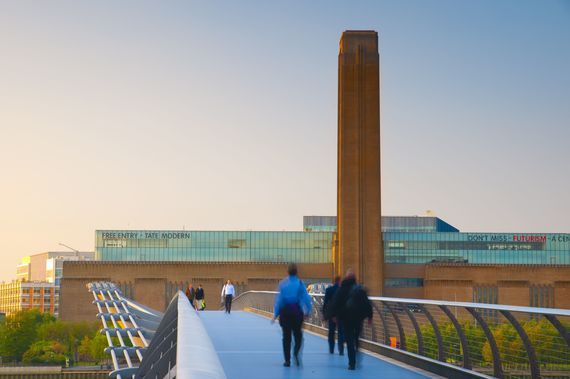
The Tate Modern is part of the Tate group of museums, which also includes Tate Britain, Tate Liverpool, Tate St Ives, and the online platform Tate Collectives. The museum opened in 2000 in a converted former power station on the south bank of the River Thames.
Some of the most famous artists represented in the Tate Modern collection include Pablo Picasso, Salvador Dali, Jackson Pollock, Mark Rothko, Andy Warhol, and Damien Hirst. The museum also hosts temporary exhibitions throughout the year, showcasing the work of emerging and established artists.
The Tate Modern's collection includes works by modern and contemporary artists from around the world, with a particular focus on international and British artists from the 1900s onwards. The museum's collection includes paintings, sculptures, installations, videos, photographs, and other forms of contemporary art.
Somerset House
London
Somerset House was originally built in the 18th century as a neoclassical palace for the Duke of Somerset, but it has since been transformed into a cultural center and public space.
Today, Somerset House is home to a variety of institutions, including art galleries, exhibition spaces, and event venues. The building houses several museums and cultural organizations, such as the Courtauld Gallery, which features an extensive collection of paintings, sculptures, and decorative arts from the Renaissance to the 20th century.
Somerset House is also known for hosting a variety of cultural events and festivals throughout the year, including music concerts, film screenings, and fashion shows. The building's courtyard is a popular gathering spot in the summer, with outdoor cafes, fountains, and a giant screen that broadcasts sporting events and cultural programs.
Science Museum
London
The Science Museum is one of the major science museums in the world. It was founded in 1857 and has since expanded its collection to include over 300,000 objects, covering all aspects of science, technology, engineering, and mathematics (STEM).
The Science Museum's collection includes historical scientific instruments, technological advancements, scientific experiments, and models of machines and devices from various fields of study, including astronomy, medicine, computing, and transport. Some of the museum's most famous exhibits include the first jet engine, the Apollo 10 command module, and the model of the DNA molecule.
Victoria and Albert Museum
London
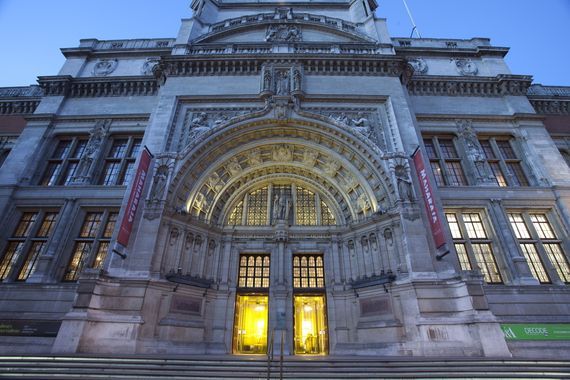
Victoria and Albert Museum
The Victoria and Albert Museum, also known as the V&A, is a museum of art and design, founded in 1852 and is named after Queen Victoria and her husband Prince Albert.
The V&A is one of the world's largest museums of applied and decorative arts, with a collection that spans over 5,000 years of human creativity from cultures around the world. The museum's collection includes a wide range of objects, such as ceramics, furniture, textiles, jewelry, fashion, and photography.
Some of the highlights of the V&A's collection include the Raphael Cartoons, a series of large-scale tapestries designed by the Italian Renaissance painter Raphael, and the Cast Courts, which feature reproductions of famous sculptures and architectural features from around the world. The museum also has a number of galleries dedicated to specific periods and styles of art and design, including medieval art, Renaissance art, and modern and contemporary design.
Clacton Pier
Clacton-on-Sea, Essex
Clacton Pier stretches out over 500 meters (1,640 feet) into the North Sea and offers a range of attractions and activities for visitors.
The pier was first built in 1871 and has undergone several renovations and expansions over the years. Today, it features a variety of rides, amusements, and games, including a rollercoaster, a ghost train, and a mini-golf course. There are also arcade games, a bowling alley, and a soft play area for younger visitors.
In addition to its attractions, Clacton Pier also has a number of food and drink options, including cafes, restaurants, and bars. Visitors can enjoy fish and chips, ice cream, and other seaside treats while taking in the views of the North Sea.
National Gallery
London
National Gallery
The National Gallery was founded in 1824 and is one of the most visited art museums in the world, with a collection that spans over 700 years of Western European art.
The National Gallery's collection includes over 2,300 paintings, including works by some of the most famous artists in history, such as Leonardo da Vinci, Vincent van Gogh, and Rembrandt. The museum's collection includes works from the early Renaissance to the Impressionist era and covers a wide range of styles, including religious paintings, portraits, landscapes, and still lifes.
Some of the most famous works in the National Gallery's collection include "The Arnolfini Portrait" by Jan van Eyck, "Sunflowers" by Vincent van Gogh, and "The Hay Wain" by John Constable. The museum also has a number of galleries dedicated to specific periods and styles of art, such as the Renaissance and Baroque galleries.





Comments